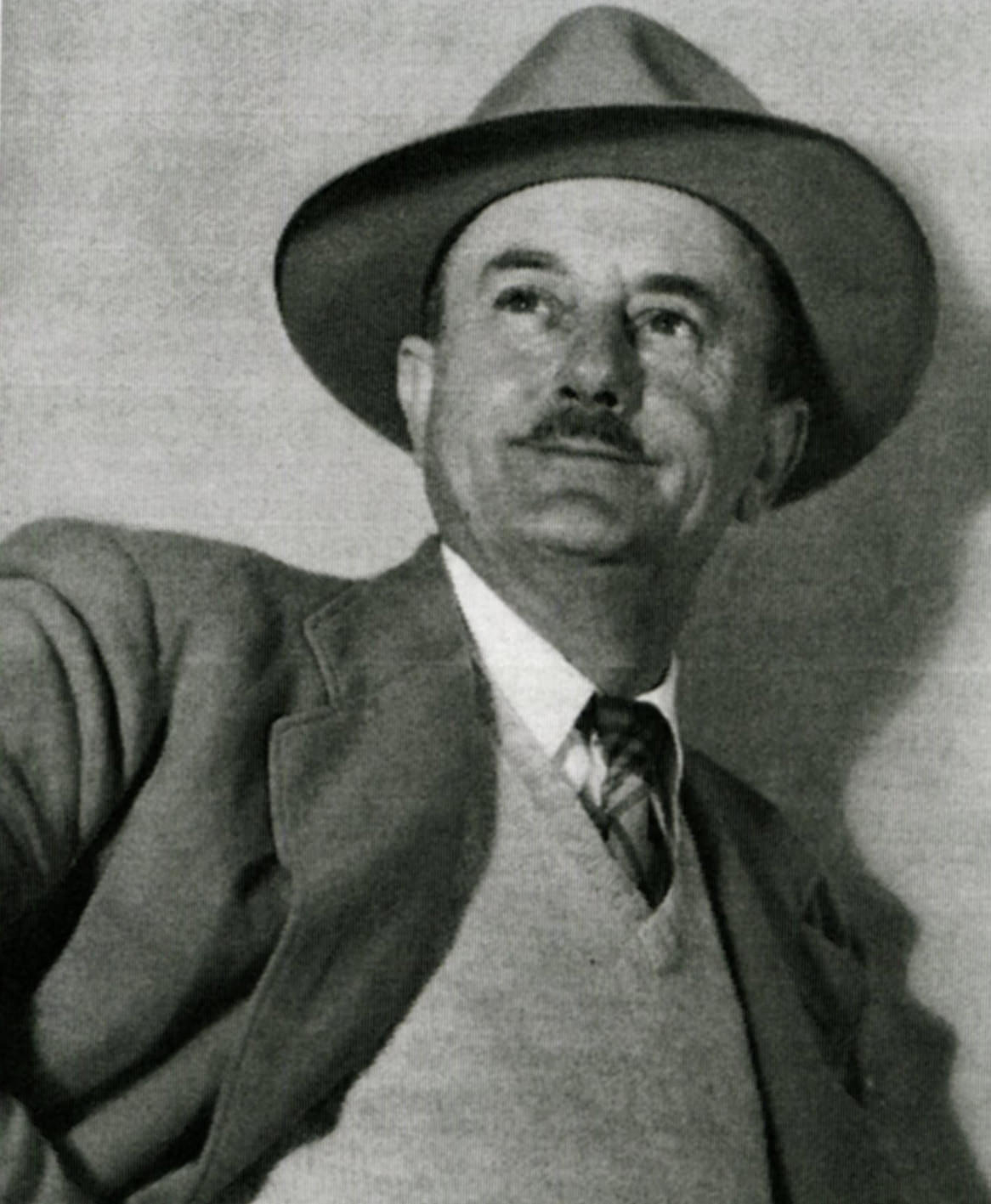Alistair Noakes reflects on the life of a Hoylake man who gave his name to an important American award and yet remains something of an unsung hero in the country of his birth.
Back in 1996 Tiger Woods was presented with the Fred Haskins Award.
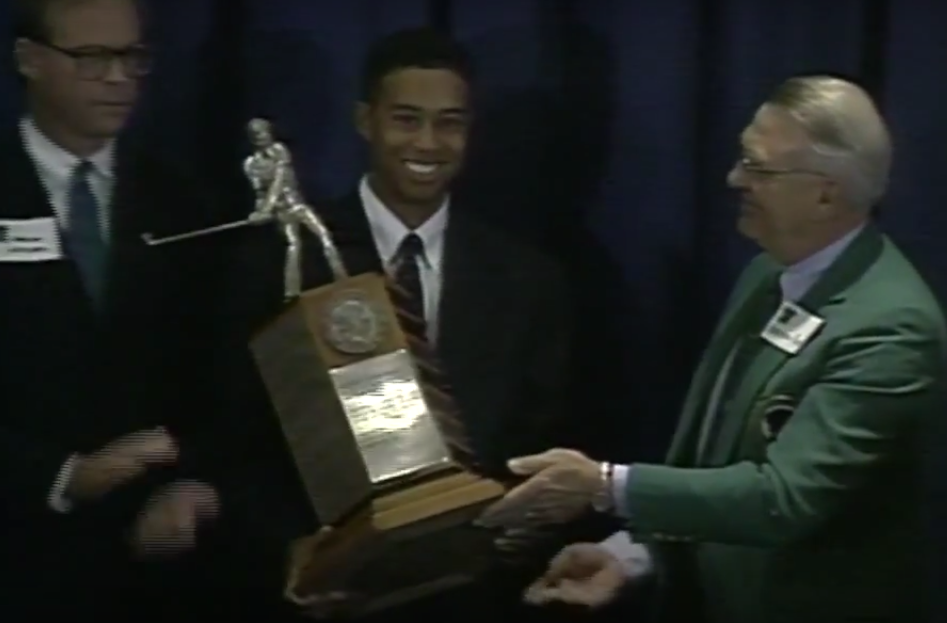
A decade later Woods would win The Open of 2006 in fine style at Royal Liverpool.
However, few people watching would have known that the annual award given to the outstanding collegiate golfer in the United States was named after a man born and raised in Hoylake - where he developed his skills and passion for the game.
Fred Haskins came into the world on May 1 1898, the son of Mary and Arthur Haskins who opened a golf shop at 76 Market Street. Here, Arthur made clubs and balls for many who played the Royal Liverpool links which, of course, had been established less than 30 years earlier in 1869.
Arthur and Mary had nine children, three of whom would later become well respected golf professionals. Remarkably, the eldest, John, achieved great success despite losing his left arm in a tree climbing accident at the age of 11. He is in the picture below, on the right.
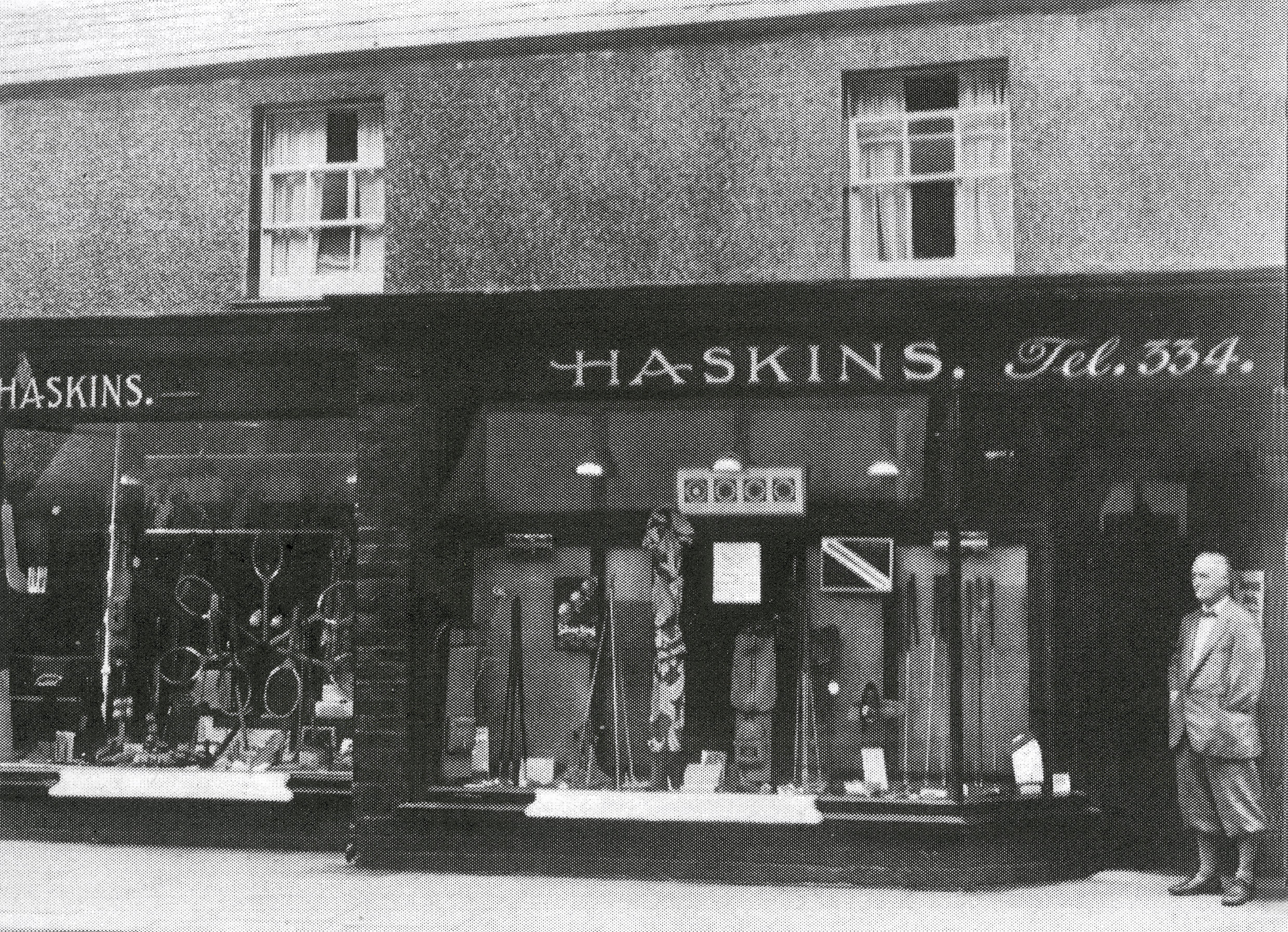
However, it was Fred who would truly make his mark on the game of golf and would do so on a global scale.
As an enthusiastic youngster he grew up in awe of Hoylake’s greatest amateur, John Ball, but was very different in character to the respected champion. Fred was far more outgoing, a quality that would stand him in good stead.
By Fred’s early teens his father had taught him the essential clubmaking skills and Fred started to perfect his game on the links on his doorstep. The Royal Liverpool Golf Club proved an excellent nursery, and it had the name and reputation that would further his career.
Within no time he’d taken over from his brother, Thomas, as professional at the Royal Belfast Club. At the age of just 17 Fred was the youngest professional in the land.
Sadly his stay was cut short when, in December 1916, he was called up to serve his country in France as a machine gunner. On being demobilised three years later there was only one profession he wished to follow - but back home in his father’s shop, postwar business was poor.
Encouraged by some ex-army friends, Fred set sail for the United States to join his sister in New York. After finding life difficult at first, doing odd jobs that included barbering and roofing, he finally secured a job teaching golf at the St. George’s Club in Long Island. This was the break he needed and it was soon followed by a second - he was recommended for a position at East Lake Country Club, Georgia, home of the up and coming Robert Tyre Jones.
Bobby Jones and Fred were much the same age and struck up a firm friendship. They spent long hours together discussing the importance of building a swing of aesthetic beauty, balance and timing. Fred would later come up with the perfect golfing analogy: ‘that whilst swinging you should be able to balance a tray in your right hand and balance another in your left on completion of your downswing.’
_(1)_(2).jpg)
Bobby Jones (centre) at Hoylake in 1921
When a position became available in 1922 at the Country Club of Columbus, Jones put in a good word for Fred and the job was his. The Georgia Club was still in its infancy, consisting of just 12 holes and few ground staff, but in the space of just two years Fred Haskins turned things around. This was no mean feat; he is reported to have said that when he took up the post, “I inherited two mules, six helpers, and six cases of dynamite, plus a lot of stumps.”
He worked tirelessly and secured the services of Donald Ross, the renowned golf architect who would redesign the course. Within two years the Club hosted The Georgia State Championship and Fred soon arranged exhibition matches with newly crowned British Open Champion, Walter Hagen, and Harold Callaway, the club designer.
There were even visits from the President, Franklin D Roosevelt. Fred was making a name for himself, not only for fashioning a successful and respected golf course, but also for his positive and effective teaching style.
He quickly recognised the future was in teaching promising youngsters the fundamentals of the game, and he did so in an engaging and positive way. He instilled qualities in his pupils that helped them in all aspects of their lives. His style was simple, compact and disciplined, and was an amalgam of many who had influenced him over the years: Ball, Hilton, Vardon, Maiden, Alex Smith and, more significantly, Bobby Jones.
For over 30 years Fred became legendary for teaching hundreds of players, many of whom would go on to become great champions. George Hamer was one of the most well-known of his early prodigies, and would be the first ‘southerner’ to represent America in the Walker Cup.
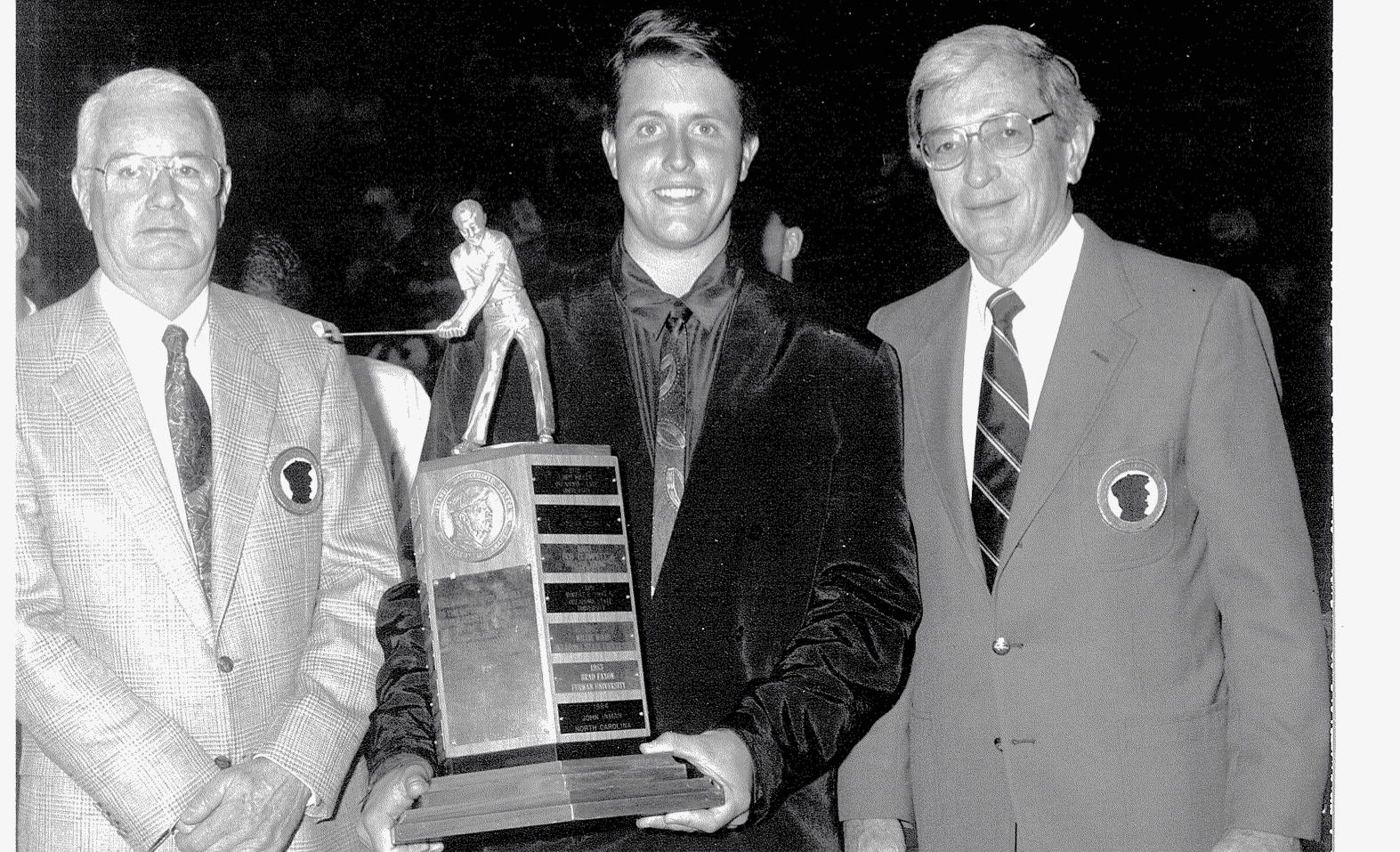
Phil Mickelson, three times winner of the Haskins award
As Fred moved into retirement support grew for a trophy to honour America’s top college golfers and it seemed only fitting that it should be named after Haskins himself, the man who had done so much for young, aspiring players.
Back home in Hoylake the original Haskins and Sons sports shop was eventually passed on to Arthur Haskins’ grandson. It thrived for many years selling all manner of sporting goods, but eventually closed in 1974. Other shops were opened in West Kirby and Prenton but these also went the same way. Many locals of a certain generation will remember them fondly.
Despite his passing in 1981 Fred Haskins’ legacy lives on. Ben Crenshaw, the two time Masters winner, was the first recipient of the award in 1971 and, along with Phil Mickelson, would go on to win it three times in total.
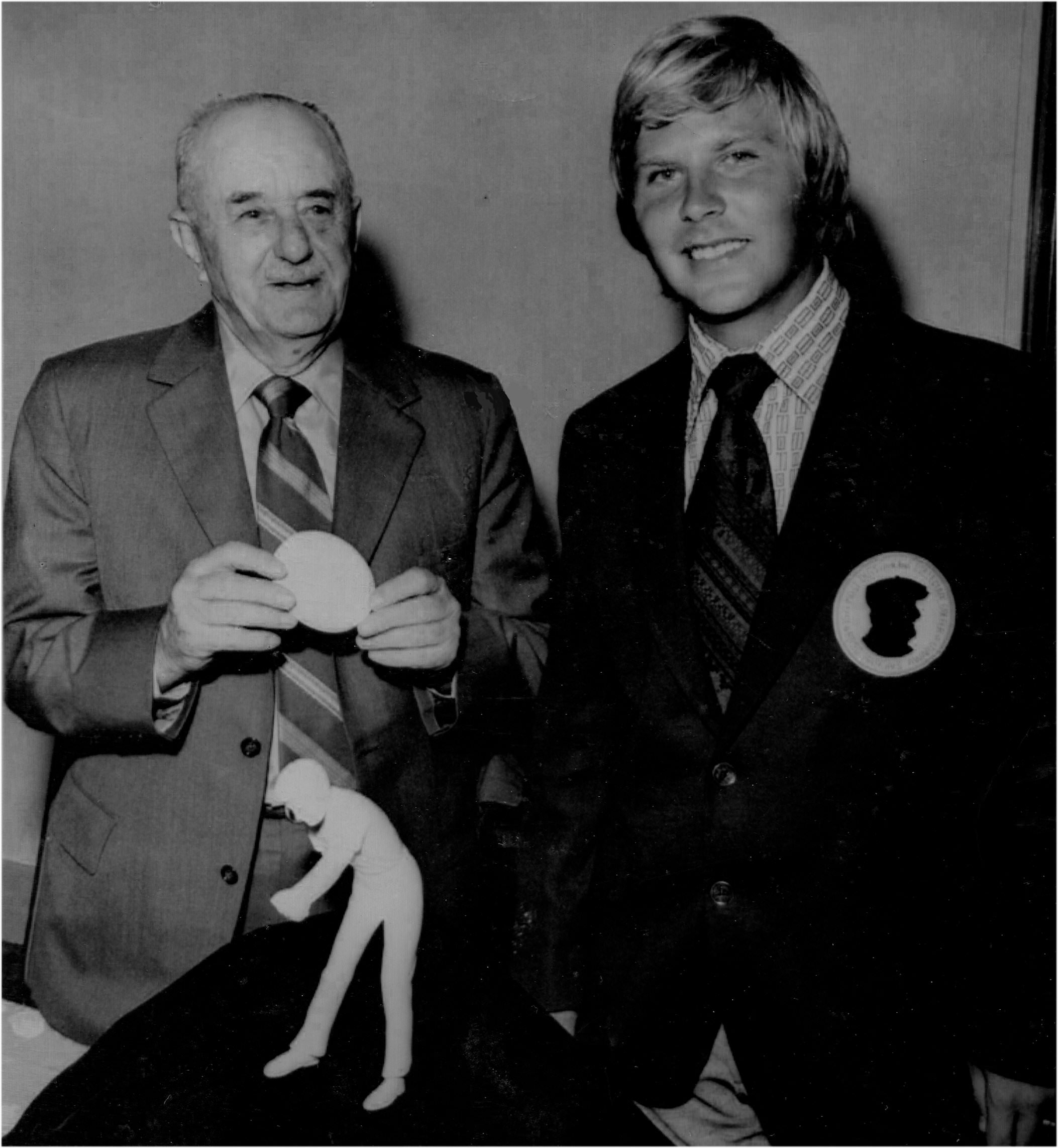
Fred Haskins with Ben Crenshaw
Other notable winners include Matt Kuchar, Justin Thomas, Curtis Strange, and two British players, Graeme McDowell and Luke Donald. All started out in the amateur game, a game which Haskins had done so much to foster throughout his career.
Advertisement



